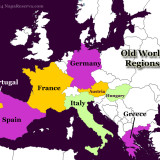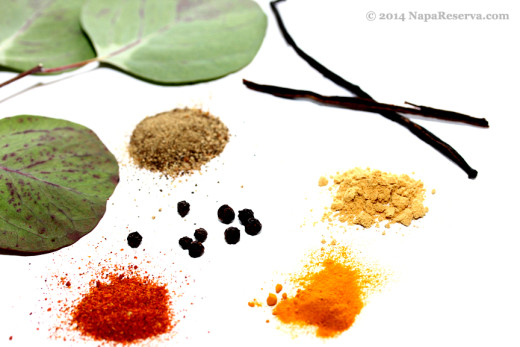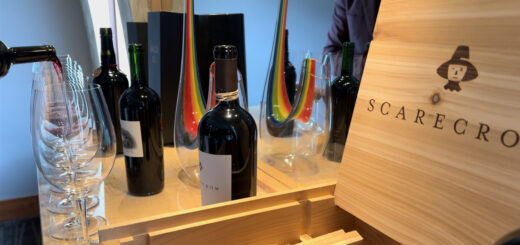Wines of Argentina
Home to one of the largest Spanish-speaking populations in the world, Argentina boasts mountains, rich vegetation, dry deserts, jungles, vast steppes, glaciers, rivers, waterfalls and gorgeous beaches. Its geographical formations, and abrupt altitude changes, generates multiple microclimates, with seasons reversed from those of the Northern Hemisphere. The temperate humid climate of the Pampas and Buenos Aires, the extreme temperatures of the Cuyo deserts, and the freezing cold of the Andes and Patagonia, makes Argentina a land of outstanding natural ecosystems.
Argentina is a perfect example for what’s known as “Rain Shadow effect” a phenomenon where two or more close by regions aren’t sharing the same climates due to interference of high mountain ranges. Argentina’s close neighbor, Chile, is also a major wine producing region in the world again making its way slowly toward higher quality wines. Slitting the two countries lays the Andes Mountains, the result of many micro climate sub regions often found in Argentina.
Argentina is now the 5th largest producer in the world.
Major Regions
Mendoza – Largest growing and producing region in Argentina, responsible for 65% of the country’s total wine production. Mendoza is home to the world best Malbec.
La Rioja
San Juan
Rio Negro
Varietals
| Red | White |
| Barbera | Torrontes* |
| Sangiovese | Chardonnay |
| Cabernet Sauvignon* | Muscat de Alejandria |
| Malbec* | Sauvignon Blanc |
| Merlot | |
Viticulture
The first vine, Vitis vinifera, was planted at the beginning of the 16th century, brought by the Spanish colonizers. Due to the excellent soils and the dedication of the vintners, who blended traditional winemaking with modern technologies, the wine industry grew very fast, maintaining itself in the ranks of the top international producers. Without suffering any real setbacks Argentina’s wine industry has enjoyed steady growth since its inception.
Argentina’s winemaking has its roots in Spain, but there are many varieties of grapes that reflect the countries cultural diversity. The French contributed with Melbec, known for making the best contemporary wines, the Italians brought the ancestor of Douce Noir of Savoie and many other old world wines that are worth experiencing.

The grape variety which shares the strongest bond with this Argentina is Malbec. With its complex fragrances, it reminds us of plums, cherries, and red fruit marmalades. This desert grape is emblematic for the vintners in Argentina. Perfectly adapted to the high altitudes and dry soils, Malbec is a noble grape, found here in the largest planted areas in the world. The deep red color, with its distinctive shades of blue, makes this grape stand out without fierceness, but with elegance and purity. The passionate winemakers produce a wide range of wine types using this grape; the wine can be young and simple, or thick and aged. They produce forceful reds and graceful pinks; sparkling wines as light as air, or even dessert wines, as sweet as pudding. As it is versatile with a spice-affinity, Malbec can be paired with roasted and stewed beef or lamb, sausage, mushrooms, and spicy sauces, and a wide range of Argentinian dishes like Crockpot Lamb Shanks, Tagliatelle with Mushrooms and Sausage, Carne Guisada and many other delicious plates.

Following Malbec, Cabernet Sauvignon and Chardonnay are gaining ground in popularity, however, for the most part they are meant for the export markets. Both wines are made in various styles, for everyday easy to drink wines while sometime they can be made into more robust, powerful wines.
Classification & Regulation
Argentina shares similar wine regulation with the U.S when it comes to labeling, varietals must be named on label and wine must come from at least 80% of such variety. There is no specification concerning which varietals be planted in any regions, as well as quality indication.





















